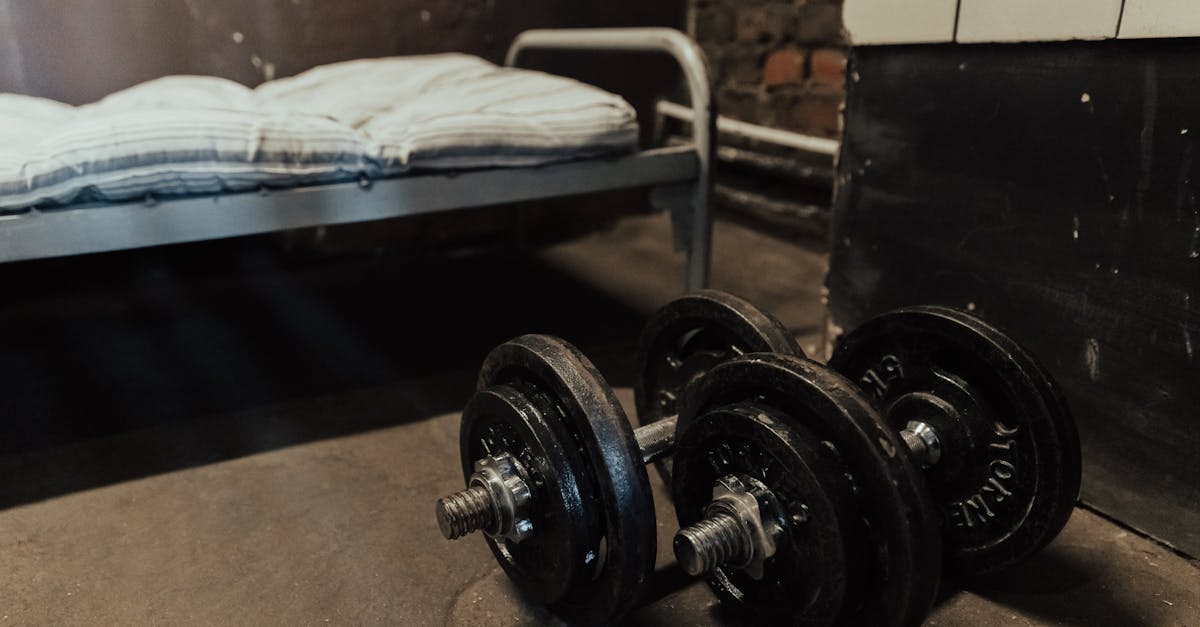Hip Flexor Isolation Exercises: Targeted Techniques for Enhanced Flexibility
Unveiling the Secrets of Hip Flexibility: A Targeted Approach to Enhanced Movement

Feeling stiff and restricted in your hips? Hip flexors play a crucial role in our daily movements and athletic endeavors, and limited flexibility in these muscles can lead to discomfort, reduced range of motion, and even injuries. Say goodbye to tight hips and hello to enhanced flexibility with our comprehensive guide to targeted Hip Flexor Isolation Exercises.
In this article, we’ll delve into the intricate anatomy of hip flexors, providing an in-depth understanding of their function and significance. We’ll then embark on a journey of discovery, exploring specific isolation exercises designed to effectively target and stretch these muscles. Step-by-step instructions and variations will empower you to execute each exercise with precision and derive maximum benefits.
Benefits that await you extend beyond mere flexibility. By unlocking the potential of your hip flexors, you’ll experience reduced pain, improved posture, increased mobility, and enhanced athletic performance. Prepare to move with greater ease and confidence as you incorporate these isolation exercises into your regular routine. We’ll provide expert guidance on frequency and duration, ensuring you reap the full benefits while safeguarding against discomfort or injury. Embrace the opportunity to transform your hip health and unlock a world of effortless movement today!
1. Understanding Hip Flexors and Their Role
Understanding Hip Flexors and Their Role: Gain insights into the anatomy and functions of hip flexors, including their essential role in everyday movement and athletic activities.
Hip flexors are a group of muscles located on the front of the thigh that play a critical role in hip flexion, the movement of bending the hip joint. They are essential for everyday activities such as walking, running, and climbing stairs, as well as athletic activities such as sprinting, jumping, and kicking.
The primary hip flexor muscles are the iliacus, psoas major, and rectus femoris. The iliacus and psoas major originate from the spine and pelvis, and insert on the lesser trochanter of the femur (thigh bone). The rectus femoris originates from the pelvis and inserts on the patella (kneecap). When these muscles contract, they pull the femur forward, causing the hip to flex.
Hip flexors are also important for maintaining good posture. When the hip flexors are tight, they can pull the pelvis forward, causing an anterior pelvic tilt. This can lead to low back pain, hip pain, and knee pain. Conversely, when the hip flexors are flexible, they help to keep the pelvis in a neutral position, which promotes good posture and reduces the risk of pain.
2. Targeted Isolation Exercises

Targeted Isolation Exercises: Explore specific hip flexor isolation exercises, such as the kneeling hip flexor stretch, toe taps, and standing hip flexor stretch, providing step-by-step instructions and variations.
Kneeling Hip Flexor Stretch
- Start by跪在地板上,右腿向前伸直,左腿跪在后面。
- Place your hands on your right thigh, just above your knee.
- Lean forward and gently push your hips forward until you feel a stretch in your right hip flexor.
- Hold the stretch for 30 seconds.
- Repeat on the other side.
Toe Taps
- Stand with your feet shoulder-width apart.
- Lift your right leg and tap your toes to the ground in front of you.
- Return to the starting position and repeat with your left leg.
- Continue alternating legs for 30 seconds.
Standing Hip Flexor Stretch
- Stand with your feet shoulder-width apart.
- Step forward with your right leg and bend your knee so that your thigh is parallel to the ground.
- Keep your left leg straight and your back straight.
- Gently push your hips forward until you feel a stretch in your right hip flexor.
- Hold the stretch for 30 seconds.
- Repeat on the other side.
3. Benefits of Hip Flexor Flexibility
Benefits of Hip Flexor Flexibility: Discover the numerous benefits of enhancing hip flexor flexibility, including reduced pain, improved posture, increased mobility, and enhanced athletic performance.
Hip flexor flexibility is essential for maintaining good posture and preventing pain. When the hip flexors are tight, they can pull the pelvis forward, causing an anterior pelvic tilt. This can lead to low back pain, hip pain, and knee pain. Conversely, when the hip flexors are flexible, they help to keep the pelvis in a neutral position, which promotes good posture and reduces the risk of pain.
In addition to reducing pain and improving posture, hip flexor flexibility can also increase mobility. Tight hip flexors can restrict the range of motion in the hips, making it difficult to perform everyday activities such as walking, running, and climbing stairs. By improving hip flexor flexibility, you can increase your range of motion and move more easily.
Finally, hip flexor flexibility can enhance athletic performance. Tight hip flexors can limit the power and speed of your movements. By improving hip flexor flexibility, you can increase your range of motion, power, and speed, which can lead to improved performance in sports such as running, jumping, and kicking.
4. Incorporating Exercises into Routine

Incorporating Exercises into Routine: Learn how to integrate hip flexor isolation exercises into a regular exercise routine for optimal results, including frequency and duration recommendations.
To improve hip flexor flexibility, it is important to incorporate hip flexor isolation exercises into your regular exercise routine. These exercises can be done 2-3 times per week, and should be held for 30 seconds each. Here are some tips for incorporating hip flexor isolation exercises into your routine:
- Start slowly and gradually increase the duration of your stretches over time.
- Listen to your body and stop if you feel pain.
- Be consistent with your stretching routine.
- Combine hip flexor isolation exercises with other exercises that target the hips and legs.
- Warm up before stretching and cool down afterward.
By following these tips, you can safely and effectively improve your hip flexor flexibility and enjoy the many benefits that come with it.
5. Safety Considerations and Contraindications
Safety Considerations and Contraindications: Understand potential safety considerations and contraindications for hip flexor isolation exercises, ensuring proper execution and avoiding discomfort or injury.
Hip flexor isolation exercises are generally safe for most people. However, there are some safety considerations to keep in mind:
- Do not overstretch. If you feel pain, stop stretching and consult with a doctor.
- Be careful if you have any injuries to the hips, knees, or back.
- Warm up before stretching and cool down afterward.
- Listen to your body and stop if you feel pain.
Hip flexor isolation exercises are contraindicated for people with certain conditions, such as:
- Hip pain
- Knee pain
- Back pain
- Recent hip surgery
- Recent knee surgery
- Recent back surgery
If you have any of these conditions, talk to your doctor before performing hip flexor isolation exercises.
Quiz
1. Which of the following is a benefit of improving hip flexor flexibility?
(a) Reduced pain (b) Improved posture (c) Increased mobility (d) All of the above
2. True or False: Hip flexor isolation exercises should be performed daily.
3. Which of the following is a contraindication for hip flexor isolation exercises?
(a) Hip pain (b) Knee pain (c) Back pain (d) All of the above
4. What is the recommended duration for holding each hip flexor isolation stretch?
(a) 15 seconds (b) 30 seconds (c) 45 seconds (d) 60 seconds
5. True or False: It is important to warm up before performing hip flexor isolation exercises.
Answer Key
- (d)
- False
- (d)
- (b)
- True
